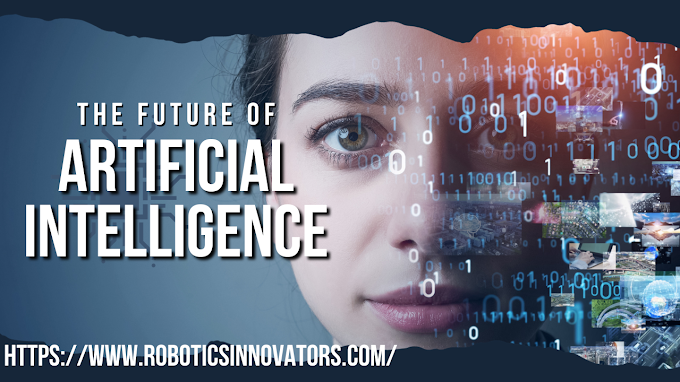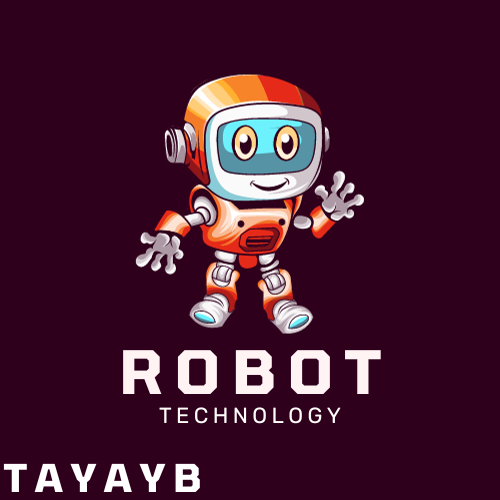1. Initialization
Many companies worldwide are using robotic process automation (RPA) across a wide range of industries to provide them with a crucial competitive edge in business process automation. Software such as APIs, scripts, jobs, schedulers, programs, events, and a wide variety of automation tools allow IT automation. As a result of the development of cloud computing, resources are now exposed through APIs and readily available. Configuration management updates are now possible when used in conjunction with automation toolkits, automated application development and releases, workload, server, and infrastructure resources. Environments on-premises are under pressure to match the speed and flexibility offered by cloud environments. On-premise settings are being improved via automation toolkits. An emerging kind of IT automation uses heuristics and machine learning. However, at the moment, there
To better understand IT automation, automation is the term for a non-manual method of carrying out a task. Depending on the occasion and context, the phrase has a distinct meaning. Process automation, service automation, workload automation, infrastructure automation, and application build and release automation are just a few of the jobs that fall under the umbrella of automation in the IT industry. Process automation includes robotic process automation (RPA), a subset of it. RPA is a technological application that uses a "robot" to be designed to collect and interface with current applications for processing transactions, altering data, initiating actions, and interacting with other digital systems.
RPA aims to replace or supplement human work by employing software to complete tasks. RPA tools may transport or fill data between specified locations, establish audit trails, take actions, and start downstream processes either manually or automatically.
Two components combine to form robotic automation:
Robotic Desktop Automation (RDA): Used for front office (call center, retail, branches), back office, toolbars, wizards, UI upgrades, and task automation for each employee.
Robotic process automation (RPA) consists of unattended robots that replicate algorithmic work in its entirety, do back-office tasks that are repetitive in nature, offload front-office labor, and improve it by a factor of ten across smaller subgroups.
RPA is distinct from other forms of automation in that it enables businesses to apply automation without causing disruption. It may also lower the
Signals-leading RPA providers have integrated cognitive technologies like machine learning and natural language processing into their products. 1 Major RPA vendors are collaborating with suppliers of cognitive technology; for instance, Blue Prism and IBM Watson have teamed up to provide clients with cognitive capabilities. 3 According to analyst firm Forrester, a best practice for implementing RPA is to "design the system to potentially link with cognitive platforms." This is because businesses across industries, including banking, insurance, and transportation, have deployed RPA with cognitive technologies to automate routine business processes like filling purchase orders and onboarding new employees. 4
a drive for size, speed, and cost reduction
RPA software automates routine, rule-based tasks that are typically completed by individuals in front of computers. Software robots may read email attachments, finish e-forms, record and re-key data, and conduct other jobs that resemble human activity by interacting with programs in the same way a human would. Robots may be thought of as a virtual workforce that is used in back- and middle-office processing facilities. There are also situations when software helps front-office workers, such as when it prompts contact center agents during client interactions and automatically records call closing notes, a function known as "attended automation." 5The new development we're spotlighting here is the expansion of RPA's use in tandem with cognitive technologies. However, let's take a deeper look at these software robots, or bots, before discussing that tendency.
The potential advantages of RPA are numerous. They could involve eliminating staff, lowering mistake rates, enhancing service, speeding up turnaround times, expanding the operations' scalability, and enhancing compliance. As an illustration, a significant consumer and commercial bank overhauled its claims procedure and deployed 85 software robots, or bots, performing 13 processes and handling 1.5 million requests annually. As a consequence, the bank was able to increase capacity by the equivalent of 230 full-time employees at a cost of around 30% of hiring extra personnel. In addition, the bank reported a 27%
Each bot is given a login ID and password so it may collaborate with human operations staff. RPA technologies connect with existing legacy systems at the presentation layer. Company analysts can collaborate with experts in company operations to "train" and set up the software. The software may be installed without programming or affecting the main technological platform due to its non-intrusive nature.
Proof of concept Depending on the breadth and complexity, an RPA project may be completed in as little as two weeks, and a pilot could be operational in four to eight weeks. 9 However, the actual work involved in integrating and deploying bots differs depending on the unique conditions of each firm. When there is minimal digital data accessible or when procedures are dominated by exceptions and exceptional instances, the
It is important to note that the business case for extensive system replacement or enterprise application integration activities may be weakened by RPA's capacity to extract significant process improvements from legacy systems, frequently at a relatively modest cost.
Although the RPA industry is relatively tiny today, it is expected to grow to $5 billion in value by 2020, with a CAGR of over 60%, as a more affordable alternative to traditional systems integration. 10 According to one survey, around a quarter of worldwide organizations have used robotic process automation (RPA) in their procurement and HR procedures, while up to a third of global enterprises are actively deploying bots in their IT, finance, and accounting processes. 11 Several businesses are making extensive use of this software to automate dozens of operations using hundreds of
RPA's reach is being expanded by cognitive technology.
Bots can only do jobs that have precise guidelines. This means that RPA alone cannot automate tasks that call for human judgment in complicated situations, such as complex claim processing. Even its most experienced clients only automate at most 50% of back-office tasks, according to one RPA provider, and the majority automate considerably less. 12 Because of this, some businesses view RPA as a component of an "integrated workforce," in which bots coexist with humans and perform comparatively straightforward tasks so that humans may concentrate on more challenging issues. But the distinction between what is possible for people and machines is blurring.
Automation of procedures requiring perception or judgment can be expanded thanks to the combination of cognitive technology with RPA. Bots may extract and organize information from spoken audio, text, or photos and transfer that structured information to the next phase of the process, for example, with the inclusion of natural language processing, chat-bot technology, speech recognition, and computer vision technology. As yet another illustration, machine learning can see trends and forecast how a process will turn out, assisting RPA in prioritizing its tasks.
Beyond simple automation, cognitive RPA has the ability to produce business results like higher customer happiness, less churn, and enhanced revenue.








.jpg)




